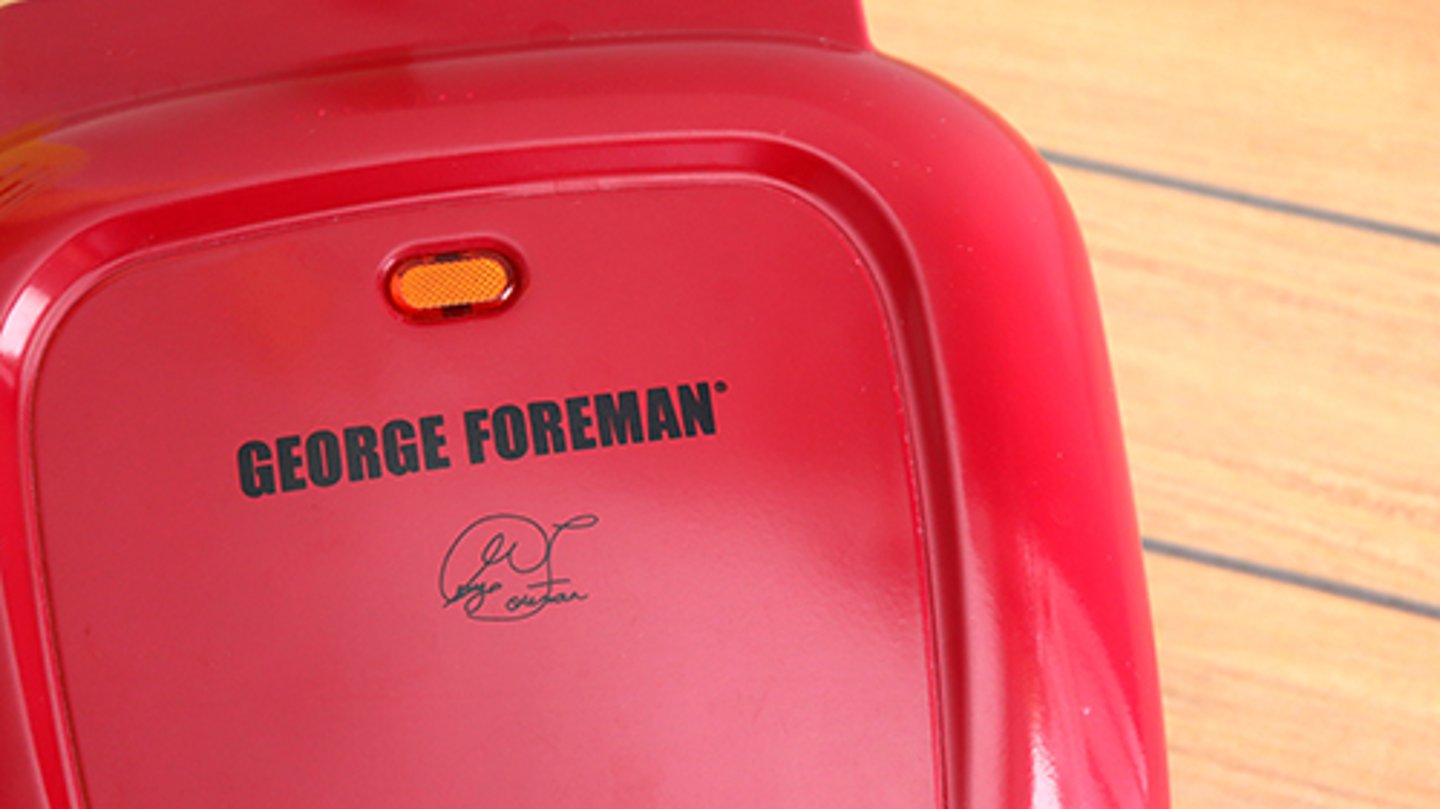Spectrum Brands To Form New Company With Tristar Acquisition
Spectrum Brands will acquire the home appliances and cookware categories of Tristar Products, intending to combine them with its home and personal care segment to create a new, standalone global appliance company.
Spectrum includes such brands as Remington, George Foreman, Russell Hobbs, Toastmaster, Farberware and Black+Decker in its portfolio, and this deal will add the complementary PowerXL, Emeril Lagasse and Copper Chef brands, which recorded $546 million in net sales in 2021.
Upon combination, the acquisition will form a global, pure-play appliances platform with combined 2021 net sales of $1.8 billion and adjusted EBITDA of $142 million. It’s not only expected to increase Spectrum’s revenue, scale and efficiency, but also brings some much-desired direct-to-consumer capabilities.
[See also: New Henkel Merger Springs Consolidated Consumer Brands Business]
It’s a move that David Maura, Spectrum chairman and CEO, called both transformational and a game changer for its home and personal care segment, noting in a call with investors that there are too many players in the small kitchen electrics business.
“The margins are too thin, and the business needs true innovation and real direct-to-consumer capability,” he said. Tristar, with its film production facilities and strong DTC base that accounts for about a third of its revenue, will bring some of these strengths.
Spectrum is acquiring the Tristar categories for $325 million in cash at closing, expected to be within 90 days. It will pay an additional up to $100 million in cash in 2022 and another $25 million in cash or shares in 2023 if certain gross profit targets are achieved.
It’s currently evaluating several scenarios for the combined business, including a partial or complete spinoff, an IPO, or a merger with an existing publicly traded company.
Tristar has grown about 85% over the last few years, according to Maura, and leveraging its capabilities are also expected to enhance some of Spectrum’s legacy brands and drive continued market share gains through combined new product offerings — as well as create a platform for further acquisitions in the space.
In addition to its home and personal care segments, Spectrum also has a global pet segment and a home and garden segment, and these two businesses will remain to form a new Spectrum Brands. The company began the process of selling off its hardware and home improvement segment in September to Assa Abloy for $4.3 billion in cash.
Spectrum reported total net sales increase of 2.9% in its fiscal first quarter, while organic net sales increased 1.6%. Its global pet care segment tallied a 9.7% increase in net sales for the quarter, marking a record 13th consecutive quarter for revenue growth, and the company expects to benefit from an influx of new consumers in the companion animal categories, aquatic and reptile categories.
[See also: Johnson & Johnson Splitting Into Two Companies]
Net sales for its home and garden segment, however, declined 8.5% in the quarter, attributed to supply chain and customer-related transportation challenges. As with most consumer goods companies, Spectrum has been affected by myriad supply chain challenges, including increased freight and input costs, labor disruptions, and shipping delays.
To navigate the ongoing disruption, Spectrum intends to:
- Implement another round of price increases in its fiscal second quarter.
- Enhance supply chain resiliency by finding alternative sources of supply to protect against potential supply facility shutdowns.
- Reduce the impact of ocean freight inflation by optimizing shipping lanes to minimize exposure to volatile spot rates.
- Focus on customer collaboration and operational execution to react quickly to changing customer dynamics.
“We are living through an unprecedented time. Let's just face it,” said Maura. “Some of these input costs, they're incredible. We have instances where our freight is up 10 times from where it used to be, and we have some input costs that are up 45%. And so we're not excited about having to raise prices. Our retailers typically don’t love it and we don't think inflation at this level is great for the consumer."
"What I would say is the consumer appears to be flush with cash still," he added. "Our demand across the board continued to be quite strong. We're all still trying to deal with a fragmented and broken supply chain that's taking longer than any of us wish to fix. Unfortunately, pricing is what we need to do to restore our margin structure. That's our fiduciary duty.”



